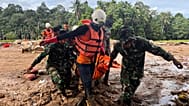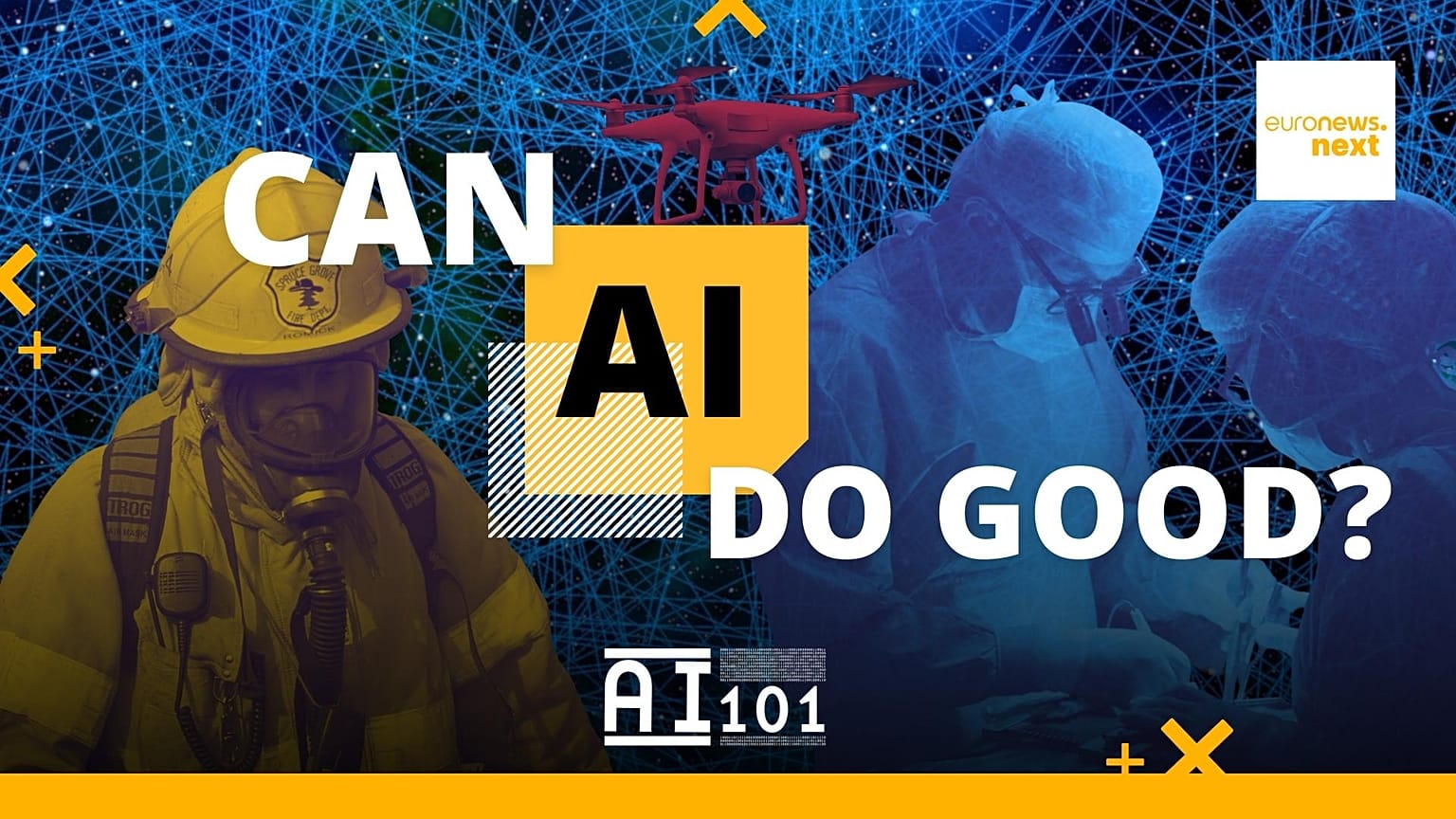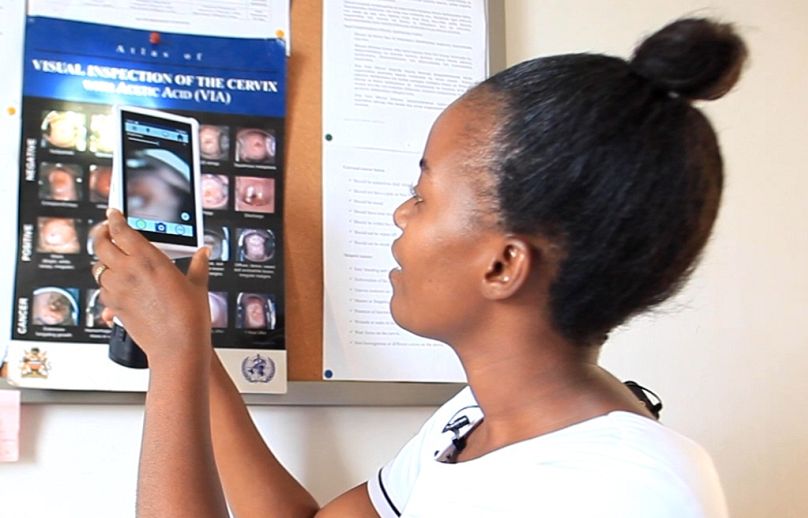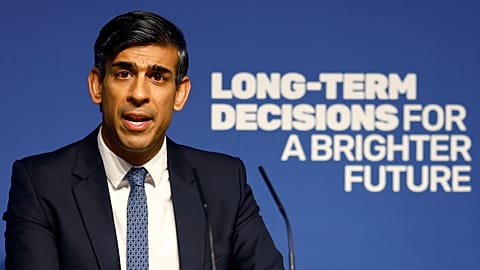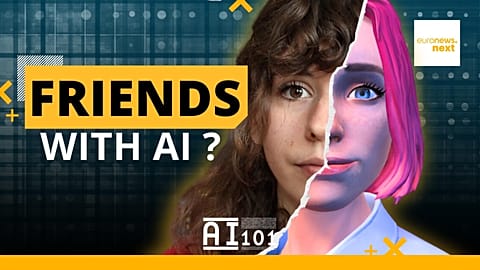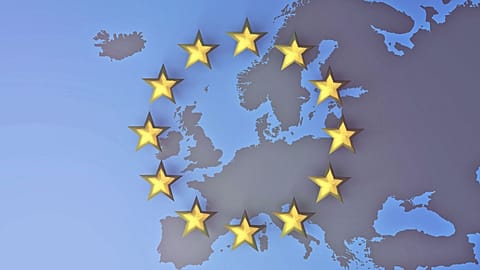AI supporting social solidarity? UNICEF and Médecins Sans Frontières are harnessing it to save lives. Find out how technology is supporting humanitarian work.
AI can be used for an infinite number of tasks. It can answer your questions, produce images, or even create a virtual friend for you. More recently, it has been saving lives.
The International Committee of the Red Cross began using it in 2019 to detect anti-personnel landmines more effectively.
Previously, human experts alone analysed infrared images from mine-detecting drones, in what was a time-consuming and inaccurate process.
Now, AI assists these operators by directly flagging up suspicious images. This saves a considerable amount of time.
Erik Tollefsen, the Director of the Red Cross Weapons Contamination Unit who is in charge of the project, says it's as if the analyst has a thousand assistants at his side.
But how does it work?
In concrete terms, the Red Cross has provided the computer with thousands of already categorised infrared images, so it can memorise all the possible situations and autonomously recognise the presence of mines, as well as their size, type and exact location. This is machine learning.
The Médecins Sans Frontières foundation has been testing AI like this since 2023 as part of its AI4CC project, which aims to improve the accuracy of cervical cancer diagnoses in remote areas such as Malawi.
In these regions, identifying the illness is complicated due to a lack of resources. As a result, up to 30 per cent of women who test negative are reassured when leaving the doctor, even though they already have cancerous lesions that the operator was unable to pick up.
Thousands of lives are lost every year.
AI can recognise the presence of lesions with over 90 per cent accuracy, thanks to images recorded and classified by the computer. What’s more, it’s deployable within cervical analysis instruments called colposcopes.
AI can still be used in many different ways by humanitarian organisations to protect populations and improve our quality of life.
For instance, it’s possible to more accurately predict natural disasters to safeguard communities and anticipate needs, as can be seen with Google's Flood Hub.
UNICEF, in collaboration with the European Space Agency (ESA), has even developed artificial intelligence models to predict and combat diseases such as Dengue fever in subtropical countries.
To find out more, watch our video above.

